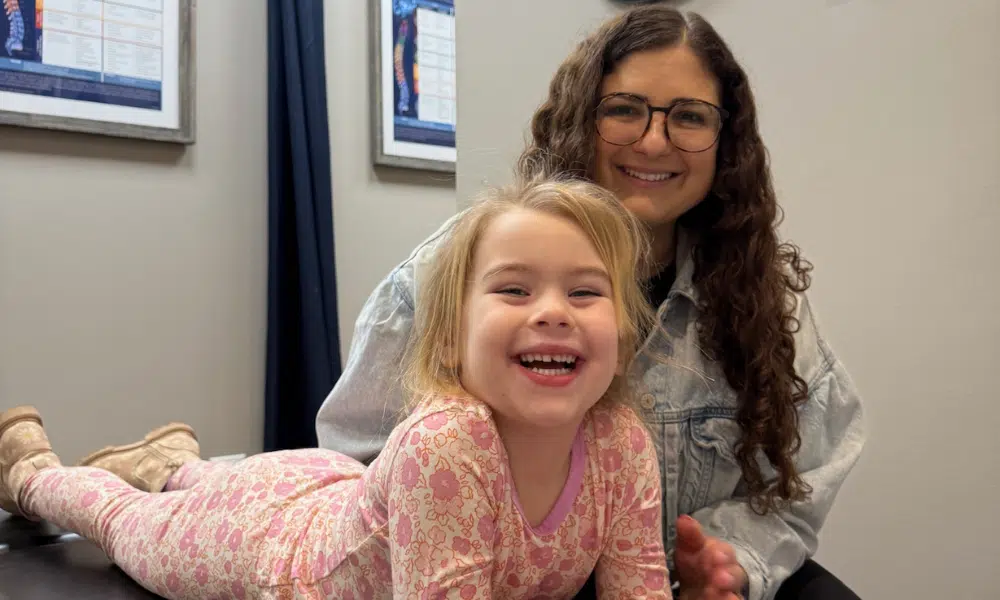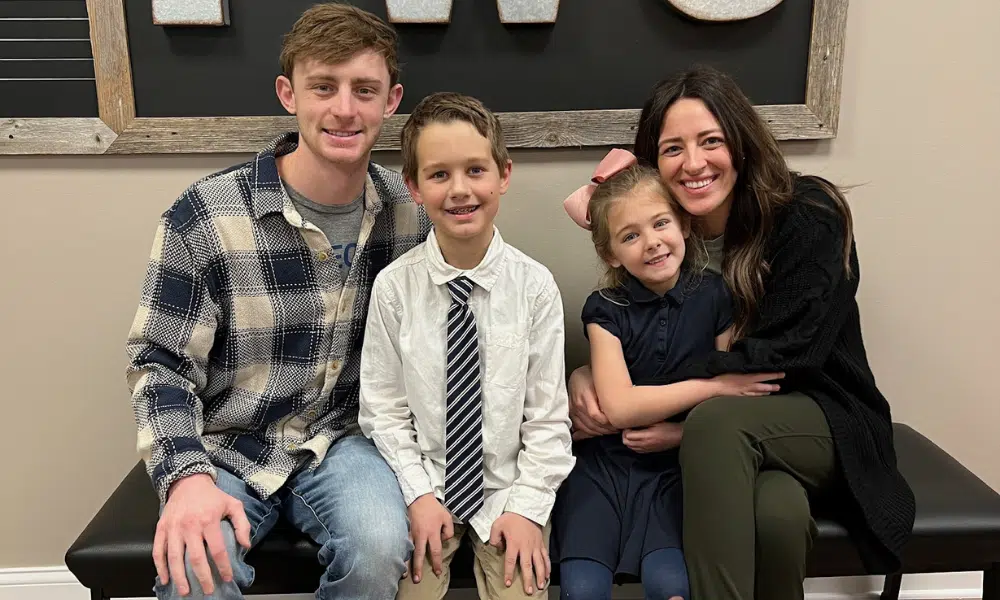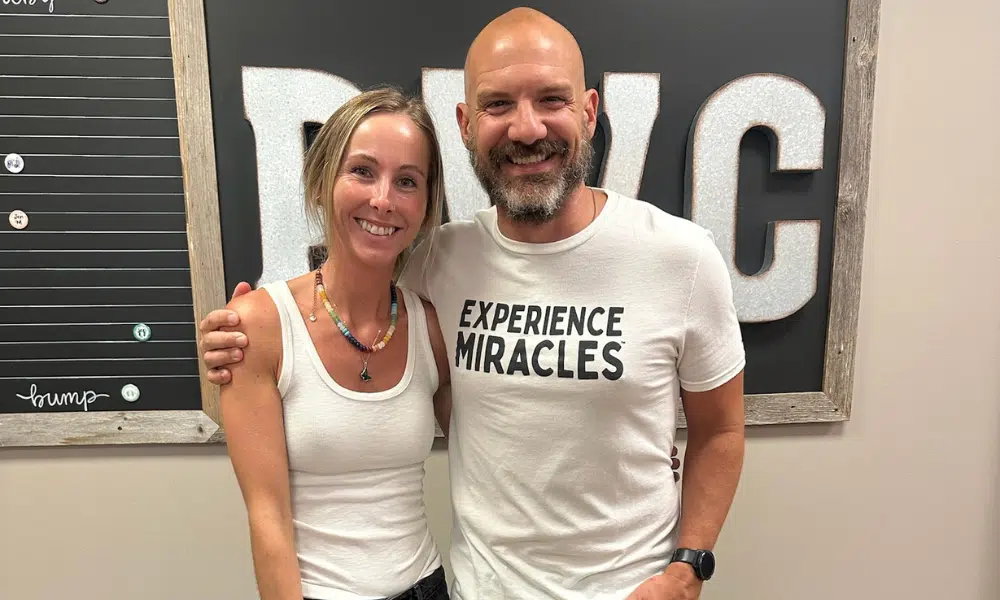Today, 1 in 6 children receive a developmental disability diagnosis, and over 40% of kids struggle with at least one chronic health condition—numbers that have increased dramatically in just two decades.
If you’re living this, you know the exhausting journey. The sleepless nights researching the struggles. The mounting specialist appointments. The conflicting advice. Then, finally, after months or years of searching, a doctor delivers the words: Autism, ADHD, Sensory Processing Disorder, and anxiety. Your child now has a diagnosis—a label that promises to explain everything while somehow leaving you with even more questions.
The relief and grief hit simultaneously. Relief that your parental instincts were right. Grief for the future you imagined that suddenly feels uncertain. And somewhere in between, a nagging question: Is this diagnosis going to help my child or limit them?
At PX Docs, we’ve walked alongside thousands of families navigating this exact moment. We understand that diagnostic labels aren’t simply good or bad—they’re complicated tools in an imperfect system. There are four genuine benefits to having a diagnosis that can unlock crucial support for your child. But there are also four significant limitations that can inadvertently trap children in boxes they were never meant to stay in.
Understanding Diagnostic Labels in Today’s World
Diagnostic labels are the medical system’s way of categorizing the signs into named conditions—Autism, ADHD, Sensory Processing Disorder, anxiety, and dozens more. These classifications, defined by the DSM-5 criteria, create standardized criteria for identifying childhood challenges. But here’s what they don’t tell you: these labels are based entirely on observable behaviors, not on any objective medical test or brain scan that identifies a root cause.
The explosion of childhood diagnoses isn’t just “better awareness.” Environmental factors—from prenatal stress to birth interventions to early toxin exposure—have created what we call the “Perfect Storm” that is overwhelming developing nervous systems at unprecedented rates. When conventional medicine can’t explain why your child melts down at every transition or can’t regulate their emotions, they reach for a label.
Most parents desperately want that label. After being dismissed or blamed for their parenting, a diagnosis feels like validation. But here’s the paradox: while these labels open doors to essential services, they can also become cages that limit your child’s potential for healing and growth.
The Good – When Diagnoses Help
Let’s be clear: there are legitimate reasons why families need diagnoses. Here are the four genuine benefits:
1. Access to Services
Without a formal diagnosis, your child is invisible to support systems. That diagnostic code becomes your ticket to:
- IEP or 504 Plan eligibility – Special education services, classroom accommodations, extra time on tests
- School-based therapies – Speech therapy, occupational therapy, behavioral support
- Early intervention programs – These are critical for developmental support during neuroplastic years
- Specialized instruction – Reading specialists, resource rooms, one-on-one aide support
Without an Autism diagnosis, your sensory-overwhelmed child is just “being difficult.” With it, they get a sensory break room and noise-canceling headphones.
2. Insurance and Financial Coverage
Health insurance doesn’t promote health—it manages disease. And disease needs a diagnostic code. That label can unlock:
- Coverage for weekly therapy sessions that would otherwise cost hundreds
- Adaptive equipment and assistive technology
- State-funded programs and disability benefits
- Access to nonprofit organizations offering diagnosis-specific grants
For families drowning in medical debt, these financial lifelines are critical
3. Legitimacy and Validation
A diagnosis transforms you from “that overreacting parent” to an advocate for a child with recognized medical needs. Extended family stops suggesting you “just need to discipline better.” Teachers stop rolling their eyes when you explain your child’s needs. That official diagnosis validates what you’ve known all along—your child isn’t choosing to struggle.
4. Community and Support Networks
Isolation is one of the heaviest burdens special needs families carry. A diagnosis connects you to:
- Condition-specific support groups where people actually understand
- Online communities sharing real strategies
- Local resources you never knew existed
- Experienced parents who’ve navigated IEP battles
- Specialized therapists and practitioners
These connections become lifelines on the hardest days.
The Bad – Hidden Costs of Labels
Now for the conversation the medical system won’t have—four ways diagnostic labels can limit your child’s potential:
1. Identity Shift to “Broken”
The moment your child hears “you have ADHD” or “you have autism,” something fundamental shifts. They stop being a child who experiences challenges and can see it as becoming a broken person who needs fixing. When children internalize a diagnosis as their identity, their behaviors and self-perception can become aligned with that expectation.
Parents can start to introduce their child as “my son with Autism” instead of “my son who’s working through challenges.” The child begins sentences with “I can’t because of my Autism.” The diagnosis becomes a life sentence. But your child isn’t “Owen the autistic kid.” Your child is Owen, who loves dinosaurs, gives amazing hugs, and happens to have a dysregulated nervous system we can help optimize.
2. Victim Mentality and Learned Helplessness
Labels teach children to expect less of themselves. When everyone operates from the assumption that certain things “aren’t possible for kids with this diagnosis,” children internalize those limitations. They learn:
- Their challenges are permanent
- They need accommodations forever
- Others must solve their problems
- Their potential has a ceiling
This learned helplessness becomes a self-fulfilling prophecy. The child who could have developed resilience instead develops dependence and resignation.
3. The Medication Dependency Cycle
Here’s the pattern: A diagnosis becomes a prescription, which causes side effects, requiring more prescriptions, creating new signs, leading to new diagnoses. This prescribing cascade looks like this:
Reflux → Acid blocker → Disrupted digestion → Constipation → MiraLAX → Gut dysfunction → Ear infections → Antibiotics prescribed → More gut damage → Behavioral changes → ADHD diagnosis → Stimulants → Anxiety → SSRI added
Data shows that multiclass polypharmacy has increased significantly, with up to 300,000 youth now receiving three or more medications at a time. No one asks: “What if we addressed why the reflux started?”
4. Narrow Care Lens
Once your child has a diagnosis, every provider sees them through that lens. The gastroenterologist cares for gut issues. The neurologist manages ADHD. The psychiatrist handles anxiety. Seven specialists, zero communication, and nobody connecting that these are all signs of the same dysregulated nervous system.
The diagnosis blinds providers to other possibilities. Sensory meltdowns? “That’s just Autism.” Can’t focus? “That’s ADHD.” Nobody investigates whether addressing subluxation patterns and autonomic dysfunction could simultaneously improve everything.
The PX Docs Perspective – Beyond Labels
While the medical system categorizes the signs into diagnostic boxes, we focus on one question: Why is your child’s nervous system stuck in survival mode? Why are they having these challenges in the first place?
Every sign—whether called Autism, ADHD, or anxiety—traces back to nervous system dysregulation. Polyvagal theory explains how a dysregulated nervous system creates the diverse signs we see. We call this subluxation, meaning interference in the communication between the brain and body. Combined with dysautonomia (an imbalance between the gas pedal and brake pedal of the nervous system), you get a child whose body is constantly stressed and unable to adapt.
The “Perfect Storm” Creates Labels, Not Genetics
If ADHD is genetic, where’s the genetic test? If Autism is a brain condition, where’s the definitive brain scan? Leading researchers confirm there are no biomarkers for these conditions.
What actually happens: Environmental stressors—maternal stress during pregnancy, birth interventions, early antibiotics, toxin exposure, and more—create a “Perfect Storm” overwhelming your child’s developing nervous system. The nervous system gets stuck in fight-or-flight mode, and depending on how that manifests, doctors apply different labels. It’s all the same storm, just showing up differently.
Our INSiGHT scans can reveal severe neurological dysfunction. Through consistent Neurologically-Focused Chiropractic Care, your child’s nervous system can begin to calm and reorganize. Not because we “cured Autism”—but because we helped the nervous system find balance.
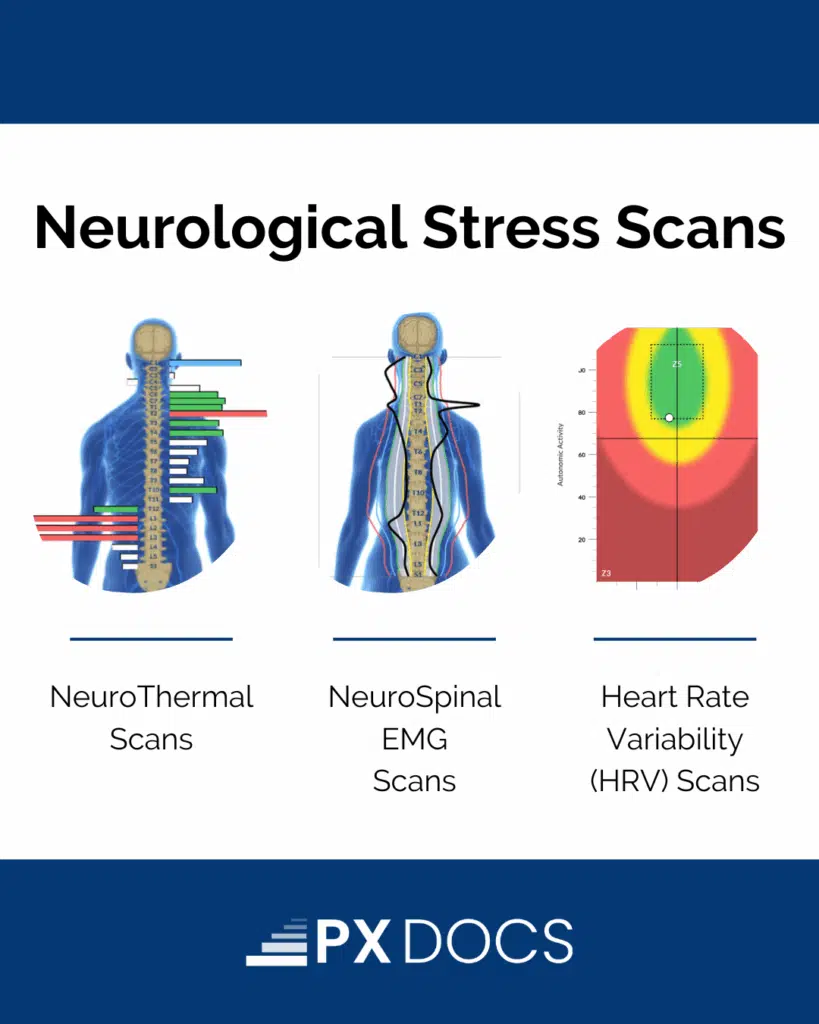
Navigating Both Worlds Wisely
You don’t have to choose between accessing services and believing in your child’s potential. Here’s how to leverage benefits while protecting from limitations:
Use labels as tools, not identities. Use the diagnosis for insurance and schools. But at home, your child is a person first.
Access services while maintaining a growth mindset. Take the therapies and accommodations as temporary supports while your child’s nervous system heals.
Reframe the conversation. Focus on “optimizing neurological function” instead of “managing Autism.” Recognize “nervous system dysregulation” instead of “behavioral problems.”
The both/and approach means:
- Yes to getting help now AND believing in greater potential
- Yes to understanding current challenges AND working toward healing
- Yes to support communities AND maintaining hope for transformation
Your Child’s Story Isn’t Written Yet
Your child’s diagnosis might have given you answers, but it doesn’t define their future. Those labels that opened doors to services don’t have to become prison walls.
Your child’s nervous system is remarkably adaptable—neuroplasticity confirms transformation is possible throughout childhood. When you address root dysregulation rather than just managing the signs, everything changes. The child who is often told they “will always struggle” can still develop resilience. The child labeled with “severe Autism” can connect in ways the diagnosis said they never would.
This isn’t false hope—it’s what we see daily at PX Docs. Children whose nervous systems get unstuck don’t just have fewer struggles; they discover capabilities everyone thought impossible.
The path forward:
- Find a PX Docs practitioner who sees your whole child, not just their diagnosis
- Get objective neurological assessments through INSiGHT scans
- Create a care plan addressing root causes while accessing needed services
- Hold space for both current support and future possibilities
Your child needs the services that diagnoses provide. But they also need adults who refuse to let labels become limits. They need you to see Owen, not Autism. They need professionals addressing nervous system dysregulation, not just the symptoms. They need a path honoring where they are while believing in where they can go.
Visit our PX Docs Directory to find a practitioner who understands both worlds—someone respecting your journey while offering a different path forward. Because your child’s story? It’s just getting started.
A Personal Note from Dr. Tony Ebel
P.S. – Many of you feel you’ve tried everything, exhausted both traditional and drug-free approaches. If that’s you, know this: the answer might have been “hidden in plain sight” all along. The nervous system—your child’s health foundation—is often addressed last, but should be first. Don’t give up. Your child’s breakthrough might be one adjustment away.

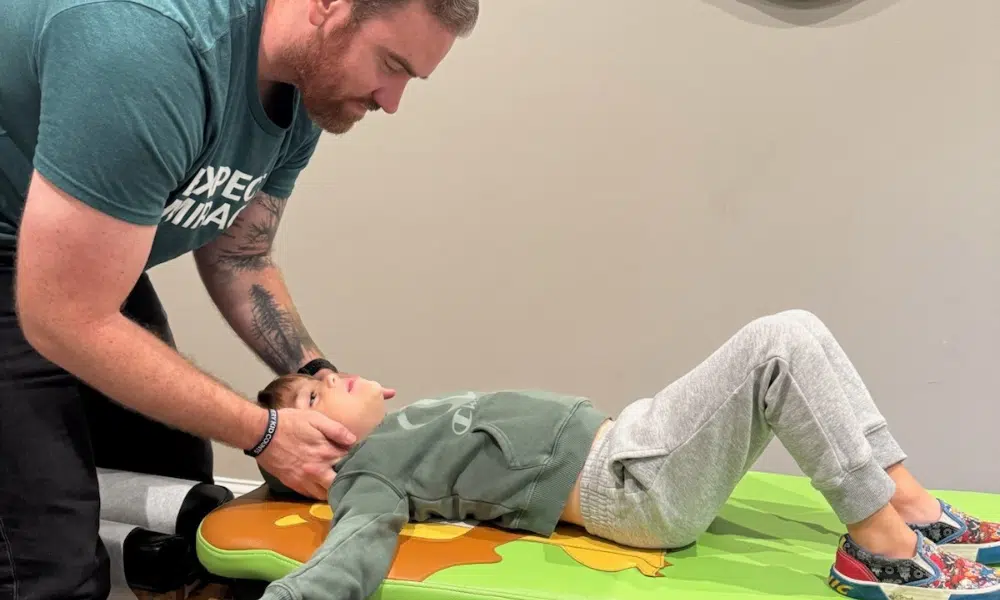
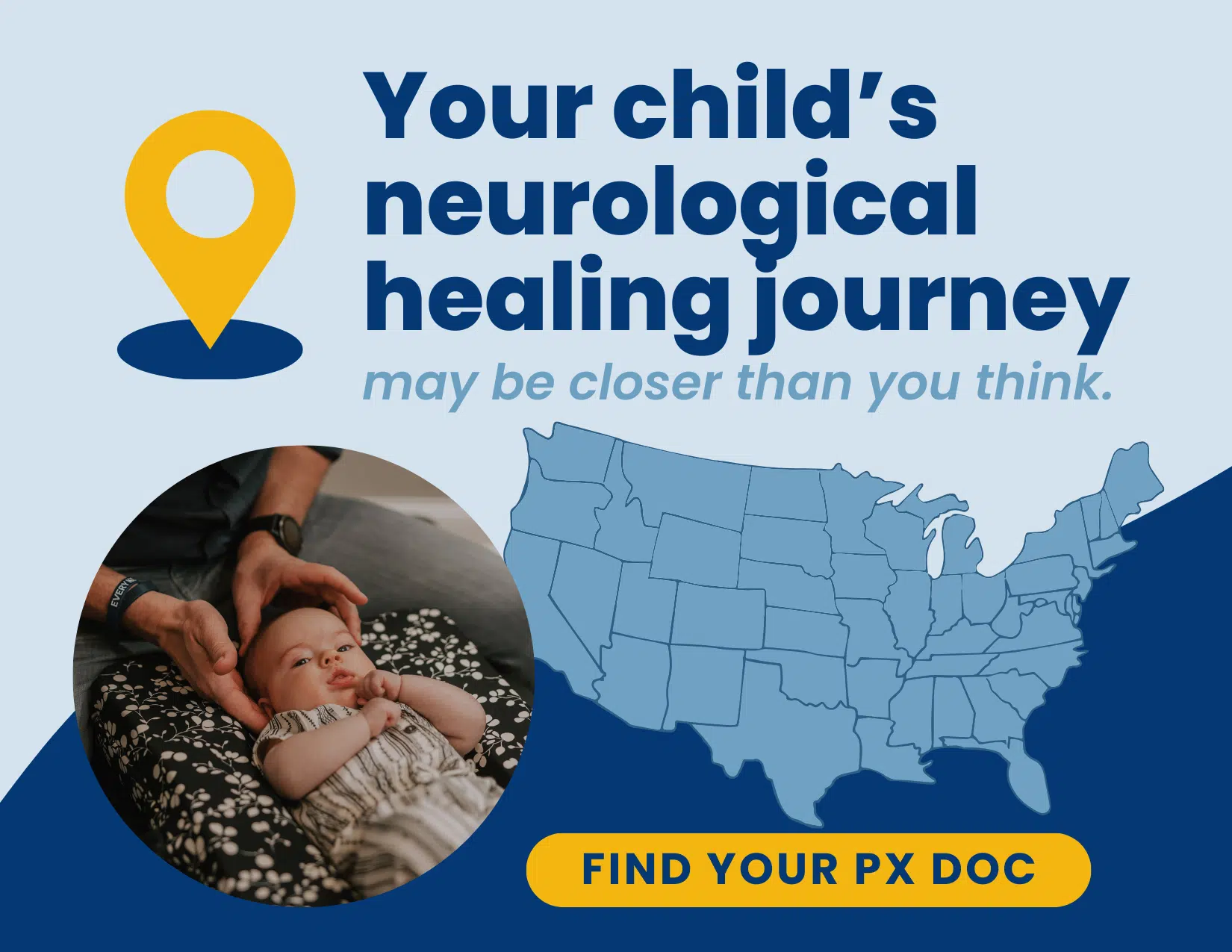
![[GRID] Calming the Sensory Storm WEBINAR PX Docs Webinar](https://pxdocs.com/wp-content/uploads/2025/11/GRID-Calming-the-Sensory-Storm-WEBINAR.png.webp)
